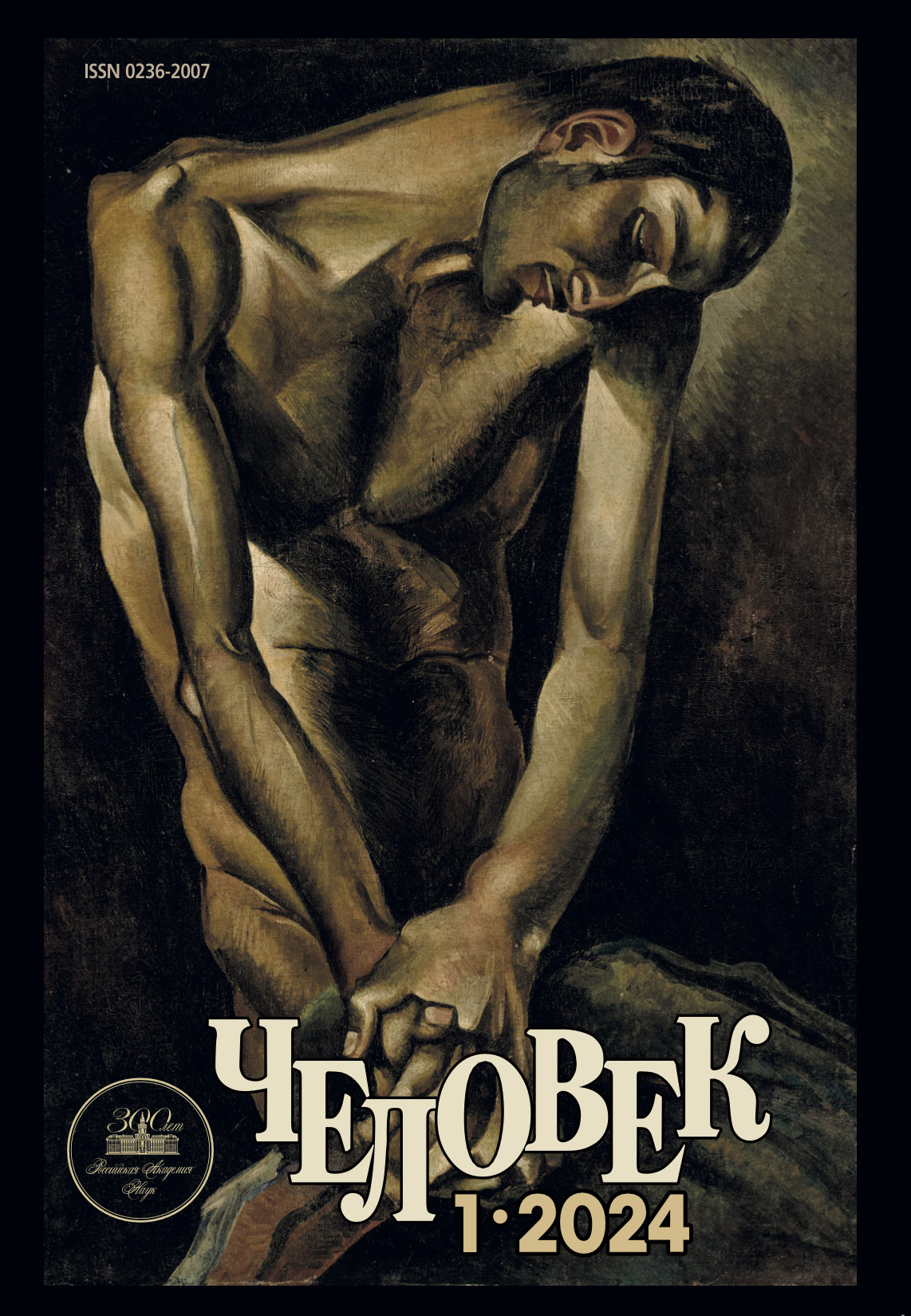Death and Digital Immortality: Hi-Tech Grief
DOI:
https://doi.org/10.31857/S0236200724010104Keywords:
grief, sorrow, death, death anxiety, death detabooing, confrontation with death, digital immortality, digital avatar, digitalization, digital memoryAbstract
The study focuses on the issue of commemorative practiсe transformation as a result of digital technology developent. The human has been using different means of interaction with the dead in order to receive answers, knowledge, and protection for thousands of years. A modern human needs it as well that leads to the demand for the development of digital technology in commemoration and grief. There is an important aspect related to the commemoration of and respect to the dead that is evidenced by building memorials and preserving their possessions and stories about them. In digitzlization, we can see it in the interaction with digital footprints and digital avatars that demonstrate the acvtivity of the human in the virtual space. In spite of increasing demand for interaction with the dead, this contact may bring not only nostalgic feelings or relief but also cause suspiciousness, fear and anxiety, postpone and extend grieving. Detabooing of the subject of death, its more active discussion and availability of information do not always help the human start thinking about their own death leaving the feeling of death anxiety for Another. At the same time, there is a two-way process: information in the virtual space about real deaths, especially detailed one, makes them an unreal narration. A digital avatar of the dead is also awarded with dichotomic features: it is both alive and dead, developing or created with no participation of a certain person (the dead). After death, digital footprints do not belong to them; they become "digital heritage" for the close ones and public that may cause "resurrection" in the virtual space, even if there was no consent to distribute information. As a result, the digital avatar of the dead can be used both to endure grief and manipulate in order to swindle money, involve in destructive communities or lead to suicide.






